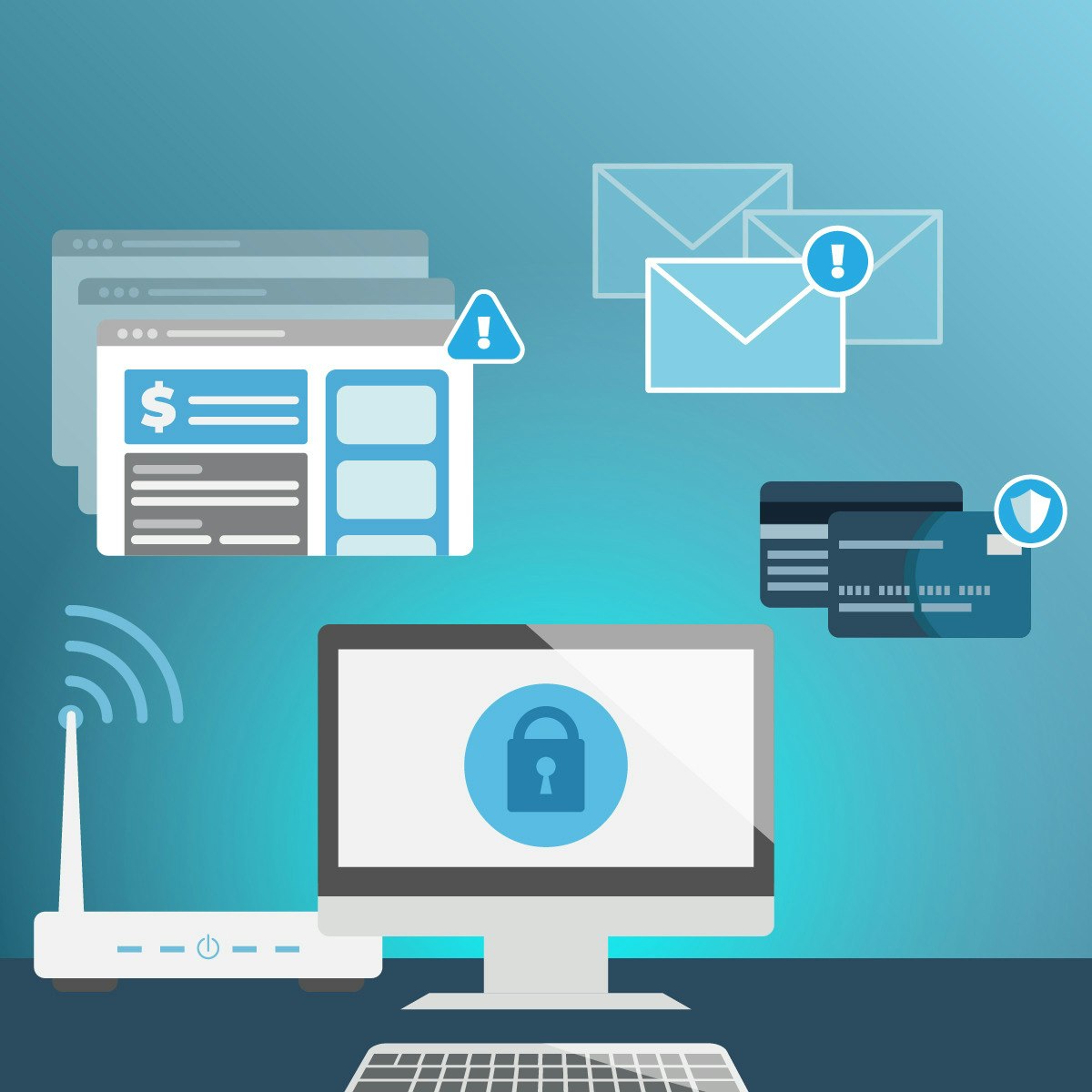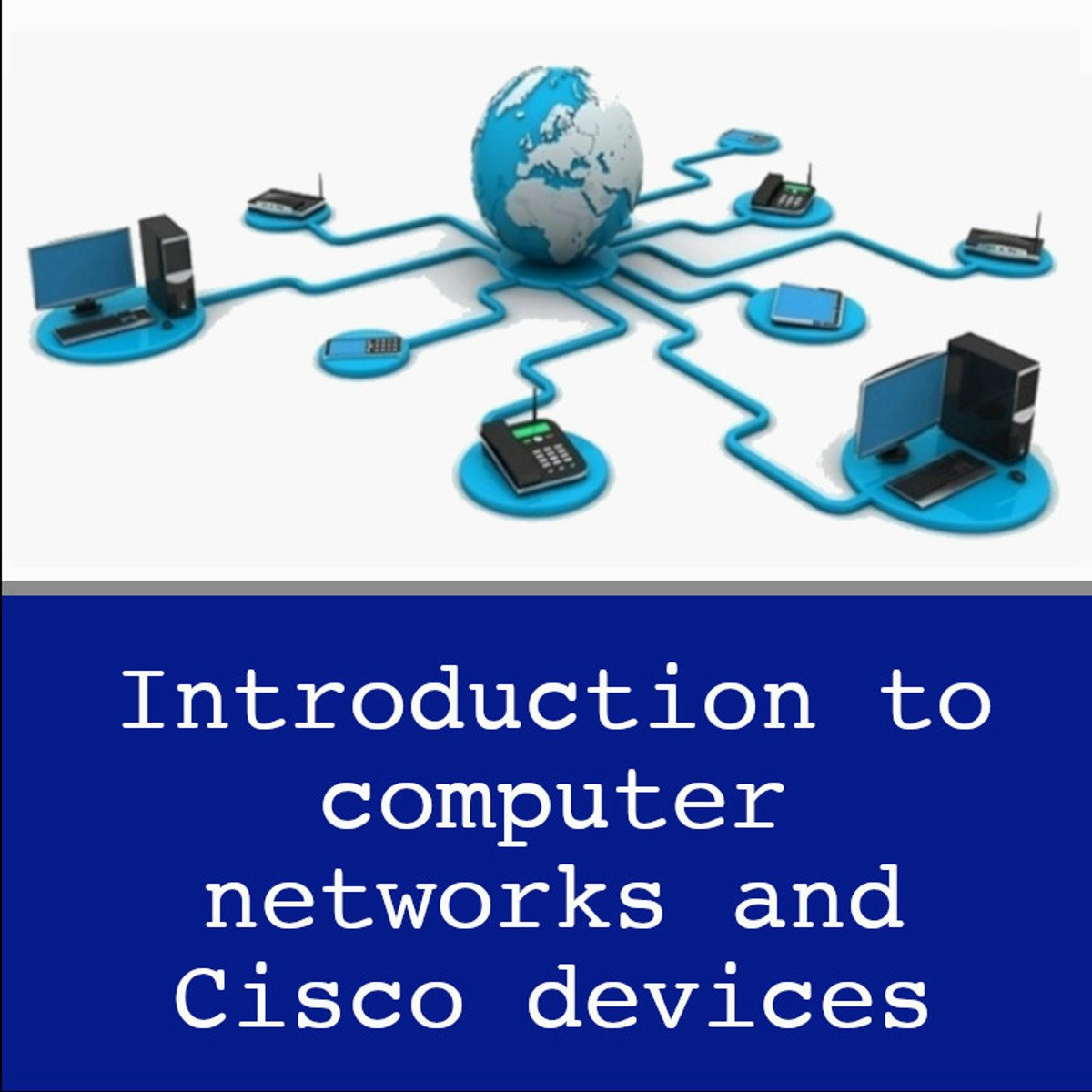Back to Courses









Computer Security And Networks Courses - Page 14
Showing results 131-140 of 277

Security Platforms, IPsec, and Troubleshooting
This course will begin by examining IPsec VPNs and their functionality. You will learn how IPsec VPNs are configured, implemented, and monitored. You will then be introduced to Juniper’s highly flexible SSL VPN application—Juniper Secure Connect—examining its features, configuration, deployment, and monitoring. SRX Series troubleshooting, monitoring, and maintenance will also be examined along with an overview of the different types of SRX Series devices and interfaces.

Building a VPN Between Google Cloud and AWS with Terraform
This is a self-paced lab that takes place in the Google Cloud console.
In this lab, you will use Terraform to create secure, private, site-to-site connections between Google Cloud and Amazon Web Services (AWS) using virtual private networks (VPNs).

Productivity and Systems Development
This course provides hands-on experience with technology-based productivity tools, as well as foundational knowledge and understanding of system design and development. The course is designed to integrate concepts of hardware, software, and the Internet. This course also provides an overview of data security, data privacy, and ways to increase productivity and efficiency. Students will also investigate technology career paths and some of the various certifications available in the industry.

Planning, Auditing and Maintaining Enterprise Systems
Good system management not only requires managing the systems themselves, but requires careful planning to make systems interact with each other, auditing of the systems once the systems are built, and proactive maintenance of all systems. Organizations also rely on organizational policies, such as Acceptable Use Policies to bolster the technical aspect of system management.
This course explores many of the behind the scenes requirements of good system management. The first half of the course covers how to build security into system management process and the organization policies necessary for any enterprise to follow. The latter half of the course focuses on auditing and maintenance of systems once they have been designed, and implemented.
By the end of the course you should be able to design and construct organizational policies based on a set of requirements, audit a system based on those requirements, and make sure systems adhere technically to the set of requirements.

Introduction to Networks and Cisco Devices
In this 2-hours guided project, you will identify different components such as end devices, intermediary devices, and connection media and simulate network topologies in the Packet Tracer, manage Cisco network devices using telnet, SSH, and Console connections, and secure access to Cisco devices using passwords and password encryption services.
By the end of this project, you will be able to use the Packet Tracer to create network topologies that are like the one you’re seeing on the screen, connect to network devices using telnet, SSH, and Console, and manage basic security settings on Cisco devices.
This project is one of a kind because it teaches foundational computer network skills to learners from a variety of experience levels using entirely simulated experience. In this project, learners will acquire what they need in simulation environments as if they were working on real devices.

Teaching Impacts of Technology: Workplace of the Future
In this course you’ll focus on how the Internet has enabled new careers and changed expectations in traditional work settings, creating a new vision for the workplace of the future. This will be done through a series of paired teaching sections, exploring a specific “Impact of Computing” in your typical day and the “Technologies and Computing Concepts” that enable that impact, all at a K12-appropriate level.
This course is part of a larger Specialization through which you’ll learn impacts of computing concepts you need to know, organized into 5 distinct digital “worlds”, as well as learn pedagogical techniques and evaluate lesson plans and resources to utilize in your classroom. By the end, you’ll be prepared to teach pre-college learners to be both savvy and effective participants in their digital world.
In this particular digital world (careers and work), you’ll explore the following Impacts & Technology pairs --
Impacts (Getting jobs in new ways): technology based freelancing, Linkedin and how it changed the way we work
Technology and Computing Concepts: Data retrieval, data vs metadata, SQL, Boolean logic (AND, OR, NOT)
Impacts (Physical ties to work restricts people and businesses): work communication, the cloud, cloud computing, companies affected by ransomware attacks
Technology and Computing Concepts: how the cloud works, FTP, cloud storage, clients and servers, scalability basics, fault tolerance, AWS, devops
Impacts (Advancing your career in the fast moving technical world): digital technology changing jobs, online classes, machines replacing jobs, data science and artificial intelligence
In the pedagogy section for this course, in which best practices for teaching computing concepts are explored, you’ll learn how to effectively explore and critique curricular material you find and practice reviewing lesson plans, with a focus on material aimed at learning HTML.
In terms of CSTA K-12 computer science standards, we’ll primarily cover learning objectives within the “impacts of computing” concept, while also including some within the “networks and the Internet” concepts and the “data and analysis” concept. Practices we cover include “fostering and inclusive computing culture”, “recognizing and defining computational problems”, and “communicating about computing”.

Interfacing with the Raspberry Pi
The Raspberry Pi uses a variety of input/output devices based on protocols such as HDMI, USB, and Ethernet to communicate with the outside world. In this class you will learn how to use these protocols with other external devices (sensors, motors, GPS, orientation, LCD screens etc.) to get your IoT device to interact with the real world. Most physical devices use analog signals; however computer hardware is digital so in this class you will learn how these signals are converted back-and-forth and how this must be considered as you program your device. The basic design of a sensor-actuator system will also be covered. You will also learn how to build more sophisticated hardware systems using Raspberry Pi expansion boards to create fun and exciting IoT devices. Please note that this course does not include discussion forums.

IBM Cybersecurity Analyst Assessment
A growing number of exciting, well-paying jobs in today’s security industry do not require a college degree. This is the final course required to assess your acquired knowledge and skills from from the previous two specializations, IT Fundamentals of Cybersecurity and Security Analyst Fundamentals, to become job-ready for a cybersecurity analyst role.
You will be expected to pass a final assessment quiz for each of the seven (7) prior courses within the IBM Cybersecurity Analyst Professional Certificate.
Upon successful completion of the quizzes, you will acquire the IBM Cybersecurity Analyst Professional Certificate.

Securing Digital Democracy
In this course, you'll learn what every citizen should know about the security risks--and future potential — of electronic voting and Internet voting. We'll take a look at the past, present, and future of election technologies and explore the various spaces intersected by voting, including computer security, human factors, public policy, and more.

Identifying and Resolving Application Latency for Site Reliability Engineers
This is a self-paced lab that takes place in the Google Cloud console. In this lab, you will learn how to use the Cloud Operations Tracing and Profiler tools to diagnose and correct application latencies.
Site Reliability Engineers (SRE) have a broad set of responsibilities, of which, managing incidents is a critical part of their role. In this lab, you will learn how to take advantage of the integrated capabilities of Google Cloud's operations suite to observe latency of applications deployed and set Service Level Indicators and Objectives to resolve such latencies.
Popular Internships and Jobs by Categories
Browse
© 2024 BoostGrad | All rights reserved


